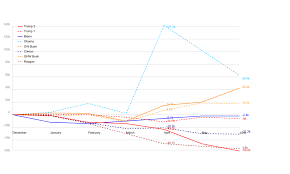
Introduction
The recent announcement of federal government job cuts in Canada has sparked significant concern among citizens and public service employees alike. Job reductions in various departments raise questions about the future of public services and the overall impact on the Canadian economy. As governments across the world grapple with fiscal challenges post-pandemic, these job cuts mark a pivotal moment in shaping public service effectiveness and employment stability.
Details of the Job Cuts
In a recent statement, the Canadian federal government revealed plans to cut approximately 5,000 jobs across several departments, including finance, immigration, and Indigenous services, aiming to reduce the budget deficits incurred during the pandemic response. These decisions are projected to save the government billions annually but at the cost of reduced services and strained public sector workloads.
Officials acknowledged that while the cuts are necessary for achieving fiscal responsibility, they may hinder the government’s ability to enact and deliver essential services efficiently. Critics argue that these job reductions come at a time when public departments are already overwhelmed due to high demand for services resulting from the ongoing effects of the pandemic.
Reactions from Stakeholders
Unions representing federal employees have voiced strong opposition to the job cuts. These organizations stress that reducing the workforce fundamentally undermines the quality and availability of public services. Additionally, there are concerns about the long-term implications of reduced personnel, such as increased workloads for remaining employees and potential delays in public service delivery.
The job cuts have also received backlash from opposition parties, arguing that the government must explore alternatives to layoffs, such as spending efficiency or targeted hiring initiatives. Civil action groups have begun to mobilize, calling for discussions around protecting public sector employment and ensuring the government remains responsive to community needs.
Conclusion
The federal government job cuts represent a significant shift in Canada’s public service landscape. As the government navigates fiscal constraints, it’s essential to gauge the implications on service delivery, employee morale, and overall public trust in governance. With ongoing public discourse surrounding the viability of workforce reductions, the situation continues to develop, and stakeholders are urged to consider both immediate and long-term ramifications. The decision made today could influence the future functionality of government bodies, and citizens are encouraged to reflect on the role of public service in their daily lives.



